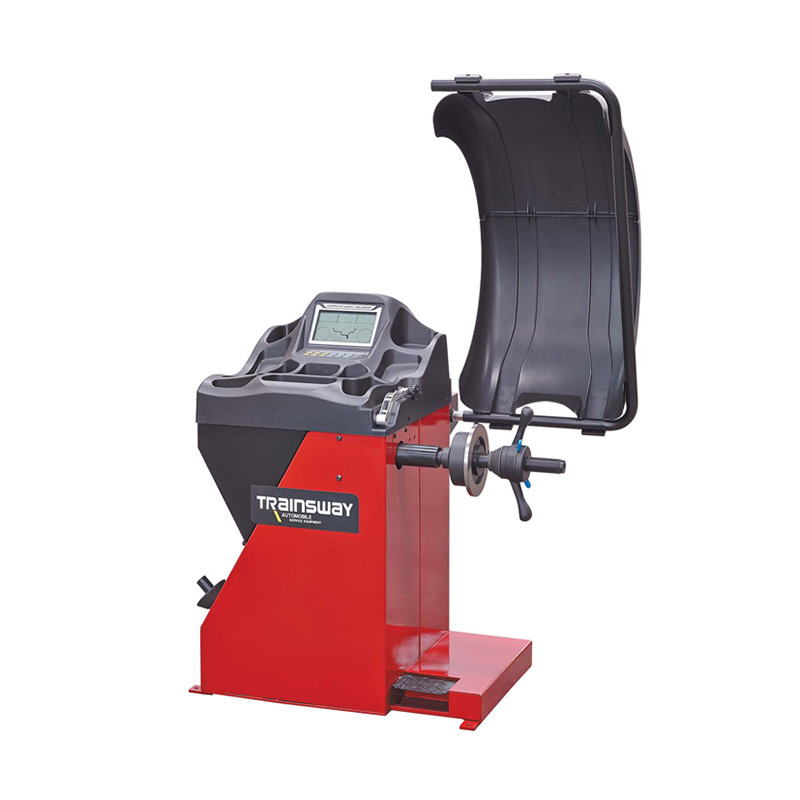Due to the diversification of rotating machinery, the requirements for vibration problems, noise problems, and mechanical life are becoming increasingly strict. It is necessary to select a dynamic balancing machine suitable for their respective characteristics for different rotating workpieces and perform corresponding imbalance correction. The following is simple Here's how to choose a wheel balancer model.
Step 1: Select a dynamic balancing machine. First, choose a horizontal or vertical dynamic balancing machine according to the external features of the rotating workpiece. Of course, if there are special requirements, you can also design and manufacture according to actual needs.
Horizontal wheel balancer ---- is a balancing machine where the axis of rotation of the balanced rotor is horizontal on the balancing machine. Generally speaking, a rotor with a rotating shaft or a process shaft can be assembled, such as a motor rotor, machine tool spindle, drum, fan , Steam turbine, supercharger rotor, etc., are suitable for horizontal balancing machines.

Vertical wheel balancer is a balancing machine in which the axis of rotation of the balanced rotor is vertical on the balancing machine, generally refers to disk-shaped workpieces such as gears, various automobile flywheels, clutches, pressure Discs and their assemblies, brake discs, brake hubs, clutches for motorcycles and magneto-motor rotors, fans, wind blades, water pump impellers, pulleys, abrasive wheels and other disc parts.
Step 2: Select whether the belt drive balancer, universal joint balancer or self-driven balancer is used according to the transmission mode of the rotor. The drive method of the balancer dragging the rotor includes ring belt drag, coupling drag and self-driven balancer. drive.
Belt dragging ---- Using rubber endless belts or silk endless belts, the rotor is pulled by the motor pulley. Therefore, the belt dragging requires a smooth cylindrical surface on the rotor surface. The advantage of belt dragging is that it does not affect Rotor unbalance amount, high balance accuracy.
Coupling drag ---- is to use the universal joint to connect the balancer main shaft and the rotor. The characteristics of coupling drag are suitable for the rotor with irregular appearance, which can transmit larger torque, suitable for dragging rotors with large wind resistance such as fans. The disadvantage of coupling drag is that the imbalance of the coupling itself will affect The rotor has an impact (so the coupling must be balanced before use), and interference will be introduced to affect the accuracy of the balance. In addition, a large number of connecting disks will be required to adapt to different types of rotors.
Self-driving ---- It uses the power of the rotor to rotate. Self-driving is the dragging method that has the least impact on the balance accuracy. The balance accuracy can be the highest, but only the special rotors allowed by the structure can use this dragging method.
Step 3: Select the type according to the size of the workpiece, such as the type of workpiece, outer diameter, length and weight, speed and other characteristic parameters, select the size of the dynamic balancing machine, such as 5, 16, 50, 160, etc. Quality, generally the selected number 1/3 to 2/3 has a good dynamic balance effect, and the maximum or minimum can be done, but it may not meet the accuracy of the workpiece.
